41 results in Historical Perspectives on Modern Economics
Economics and the Family
- A Social and Political History
- Coming soon
-
- Expected online publication date:
- May 2025
- Print publication:
- 31 May 2025
-
- Book
- Export citation

Relocating Development Economics
- The First Generation of Modern Indian Economists
-
- Published online:
- 05 December 2024
- Print publication:
- 12 December 2024

Managing Growth in Miniature
- Solow's Model as an Artifact
-
- Published online:
- 24 October 2024
- Print publication:
- 07 November 2024

Pricing the Priceless
- A History of Environmental Economics
-
- Published online:
- 19 October 2023
- Print publication:
- 02 November 2023

The Closed World of East German Economists
- Hopes and Defeats of a Generation
-
- Published online:
- 27 April 2023
- Print publication:
- 11 May 2023
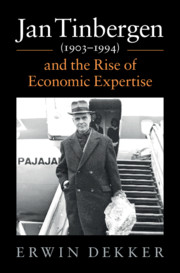
Jan Tinbergen (1903–1994) and the Rise of Economic Expertise
-
- Published online:
- 11 June 2021
- Print publication:
- 01 July 2021

Progress through Regression
- The Life Story of the Empirical Cobb-Douglas Production Function
-
- Published online:
- 30 October 2020
- Print publication:
- 12 November 2020

The Viennese Students of Civilization
- The Meaning and Context of Austrian Economics Reconsidered
-
- Published online:
- 05 March 2016
- Print publication:
- 19 February 2016
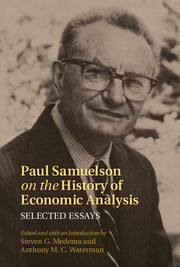
Paul Samuelson on the History of Economic Analysis
- Selected Essays
-
- Published online:
- 05 November 2014
- Print publication:
- 17 November 2014
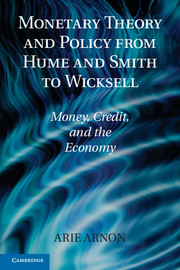
Monetary Theory and Policy from Hume and Smith to Wicksell
- Money, Credit, and the Economy
-
- Published online:
- 05 July 2014
- Print publication:
- 22 November 2010
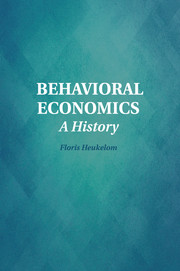
Behavioral Economics
- A History
-
- Published online:
- 05 February 2014
- Print publication:
- 17 February 2014
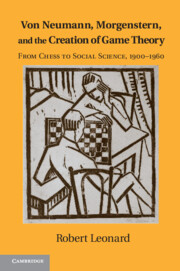
Von Neumann, Morgenstern, and the Creation of Game Theory
- From Chess to Social Science, 1900–1960
-
- Published online:
- 05 December 2013
- Print publication:
- 28 June 2010
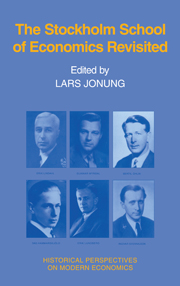
The Stockholm School of Economics Revisited
-
- Published online:
- 05 July 2013
- Print publication:
- 29 March 1991
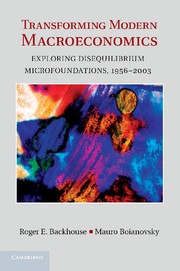
Transforming Modern Macroeconomics
- Exploring Disequilibrium Microfoundations, 1956–2003
-
- Published online:
- 05 December 2012
- Print publication:
- 12 November 2012

English Historical Economics, 1870–1926
- The Rise of Economic History and Neomercantilism
-
- Published online:
- 05 November 2011
- Print publication:
- 29 January 1988
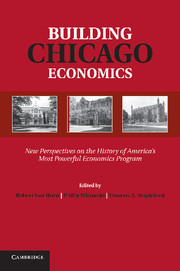
Building Chicago Economics
- New Perspectives on the History of America's Most Powerful Economics Program
-
- Published online:
- 05 November 2011
- Print publication:
- 17 October 2011

Lionel Robbins
-
- Published online:
- 07 October 2011
- Print publication:
- 30 September 2011

Friedrich Engels and Marxian Political Economy
-
- Published online:
- 01 June 2011
- Print publication:
- 23 May 2011

More Heat than Light
- Economics as Social Physics, Physics as Nature's Economics
-
- Published online:
- 01 June 2011
- Print publication:
- 24 November 1989

The Institutionalist Movement in American Economics, 1918–1947
- Science and Social Control
-
- Published online:
- 03 May 2011
- Print publication:
- 21 February 2011

